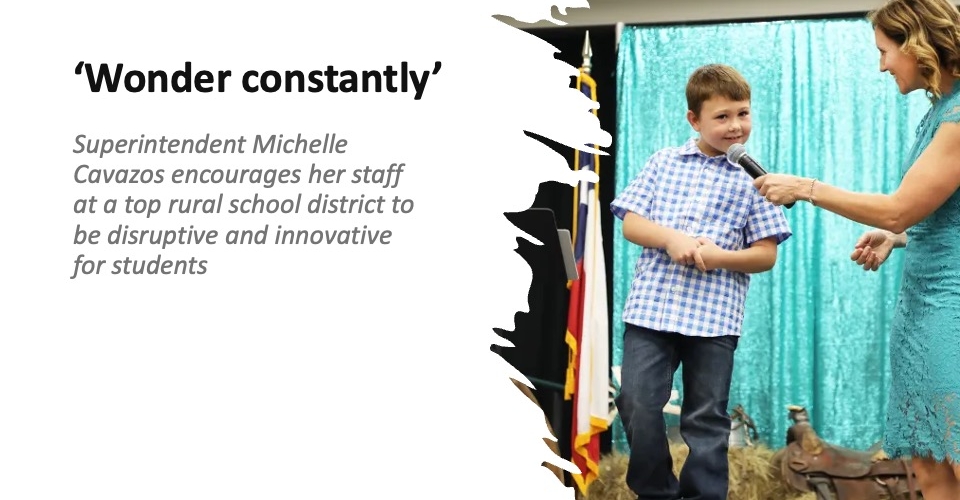While COVID is no longer something superintendents and their teams have to worry too much about, the learning loss caused by the pandemic continues to plague classrooms. What may be most concerning is that some achievement gaps are widening compared to pre-pandemic trends.
Test scores from approximately 7.7 million students in grades 3 through 8 show “academic recovery remains elusive” based on pre-pandemic trends, according to the latest analysis of the 2023-24 school year by the assessment firm, NWEA.
Last school year’s scores were compared to test results from 2016 to 2019. The report’s key findings “highlight persistent achievement gaps,” especially for older students:
- Achievement gains during 2023-24 fell short of pre-pandemic trends in nearly all grades.
- The gap between pre-COVID and COVID test score averages widened in 2023-24 in nearly all grades, by 36% in reading and 18% in math.
- The average student will need 4.8 additional months of schooling to catch up in reading and 4.4 months in math.
- Achievement gains for all race/ethnicity groups lagged pre-pandemic trends in 2023-24. Marginalized students remain the furthest from recovery.
“Achievement disparities that predate the pandemic have been starkly exacerbated over the last four years, and marginalized students are still the furthest from recovery,” said Dr. Karyn Lewis, director of research and policy partnerships at NWEA and one of the authors of the report. “Pandemic fatigue is real, but accepting a new normal of lower achievement and widened inequities is not an option.”
‘Talking Out of School’ podcast: How to let your team “make the music” of student success
The hardest-hit group appears to be current middle schoolers who were in the early grades when the pandemic hit. Achievement gaps for these students show they need six to nine months of additional schooling to catch up, NWEA advises.
“As millions of students continue to fall behind academically, schools across the country are grappling with an impending ESSER financial cliff as federal COVID relief funds run out this September,” said Lindsay Dworkin, NWEA’s senior vice president of policy and government affairs. “Even as resources dwindle, districts must try to continue investing in evidence-based strategies that have been proven to improve student outcomes: keeping kids in school, providing high-dosage tutoring, and offering expanded instructional time over the summer or after school.”
Additional learning loss coverage from DA:
- Reversing pandemic slides: How does your state compare?
- We know tutoring works. Here’s how to make it work better
- School boards are now spending more time on these 5 topics









